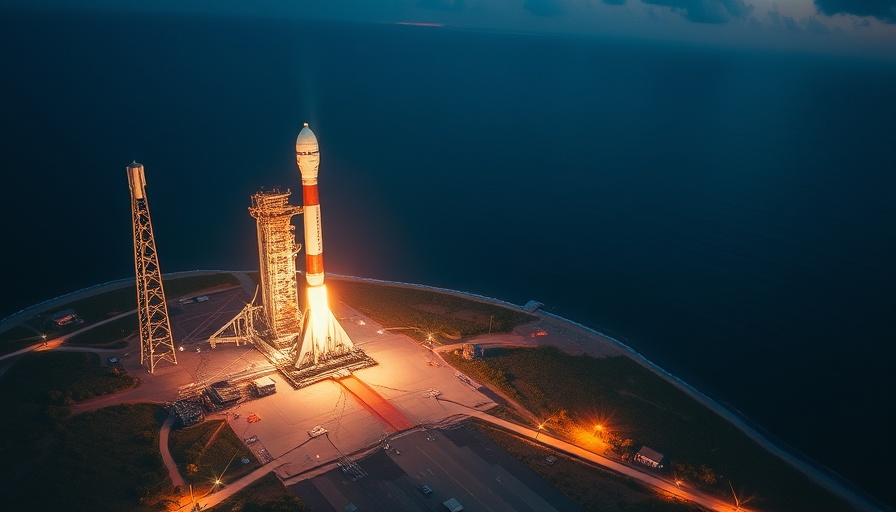
New Insights into Ursa Major III: A Game Changer in Astrophysics
A ghostly object is orbiting the Milky Way at over 30,000 light-years away, and its identity has left astronomers puzzled. Known as Ursa Major III (UMa3), this faint star cluster has sparked debates within the astrophysics community: is it a dark-matter-dominated dwarf galaxy, or is it a compact star cluster sustained by hidden black holes? The latest research from the University of Bonn offers compelling evidence that the latter is the case.
The Mystery of Dark Matter vs. Black Holes
For years, Ursa Major III was classified as a dark dwarf galaxy due to its exceedingly high mass-to-light ratio, which implied an abundance of dark matter. However, according to a groundbreaking study published in the Astrophysical Journal Letters, new simulations indicate that the cluster’s gravity could be explained by a dense core of black holes and neutron stars instead. Hosein Haghi, a co-author of the study, elaborates that gravitational interactions with the Milky Way over billions of years have stripped Ursa Major III of its outer stars, leaving behind a mostly invisible core.
What Does This Mean for Our Understanding of the Milky Way?
Understanding whether Ursa Major III is a dwarf galaxy or a star cluster is crucial for several reasons, not least of which is that it provides insights into the formation and composition of the Milky Way itself. These findings challenge long-held assumptions about how gravitational forces operate in galactic structures and could have implications for how we view dark matter in the cosmos.
Revolutionizing Astrophysical Models
“Our work shows for the first time that these objects are most likely normal star clusters,” stated Pavel Kroupa, another co-author of the study. The notion of a star cluster dominated by a core of black holes alters the narrative that has dominated astrophysical models for decades. If confirmed, this could lead to a paradigm shift in how researchers classify similar celestial entities in the universe.
The Technological Tools Behind the Discovery
In undertaking their research, scientists utilized advanced computer simulations that incorporated massive datasets from observable astronomical phenomena. This fusion of computational power and observational data allows for richer models that can more effectively simulate the complexities involved in gravitational interactions. Such technology is indicative of a broader innovation trend in astrophysics, where advancements in computing continue to push the boundaries of what's scientifically possible.
Considering Future Implications and Opportunities
This research invites numerous future investigations and could inspire new technologies relevant to our understanding of the universe. As scientists dive deeper into studying cosmic phenomena like Ursa Major III, there is potential for develop strategies to explore other uncharted territories of space, thereby enhancing the body of knowledge within astrophysics.
In a field defined by constant exploration and the quest to understand our universe, discoveries like this not only solve mysteries but also lay the groundwork for what we might uncover next. The study of Ursa Major III encourages both amateur and professional astronomers to rethink what they knew, shining a light on the unknown realms of dark matter and black holes.
 Add Row
Add Row  Add
Add 




Write A Comment